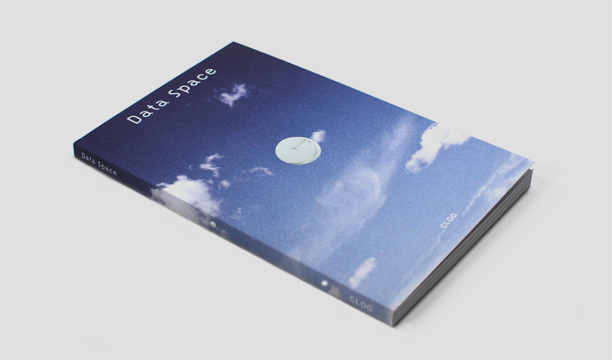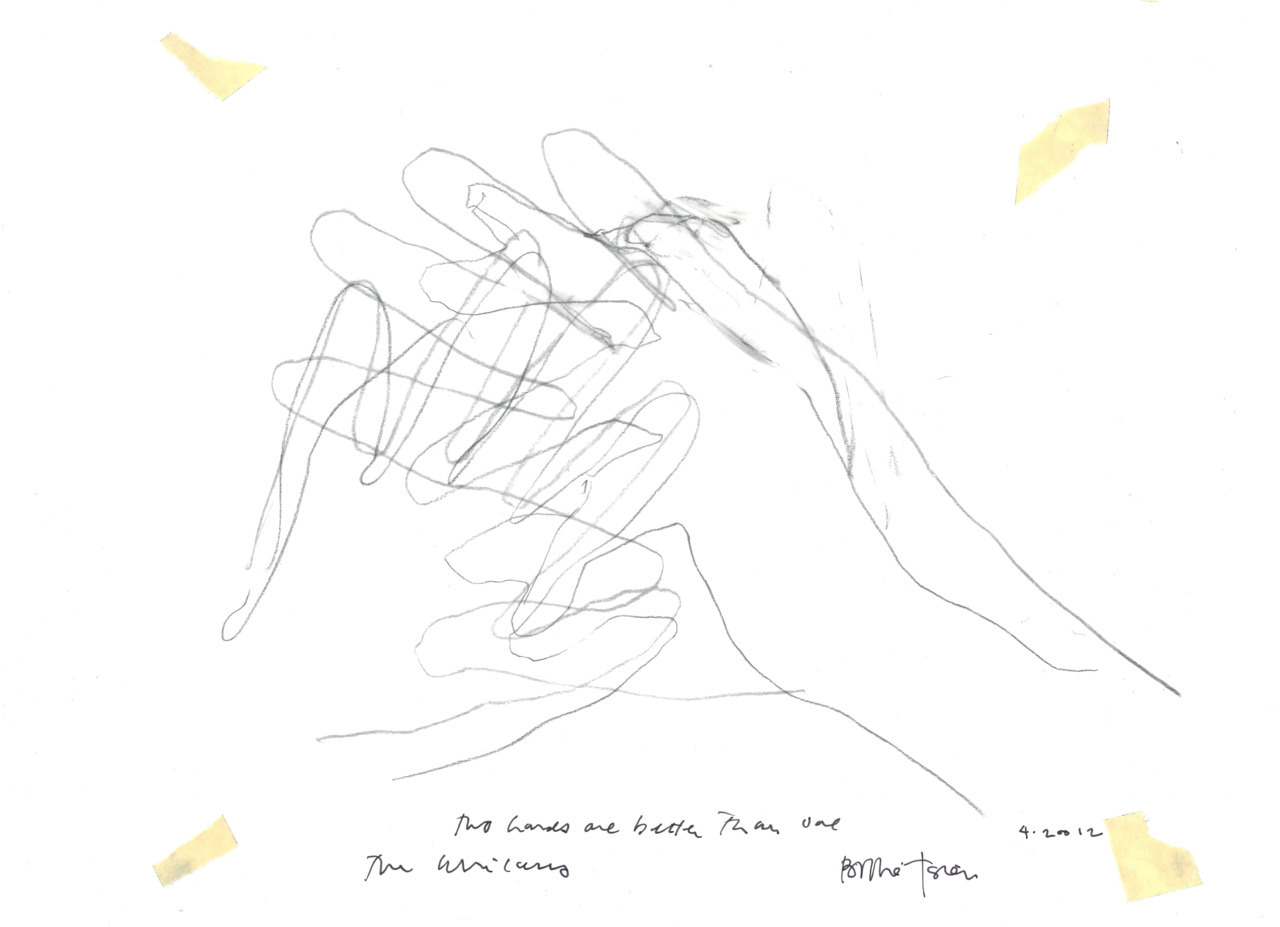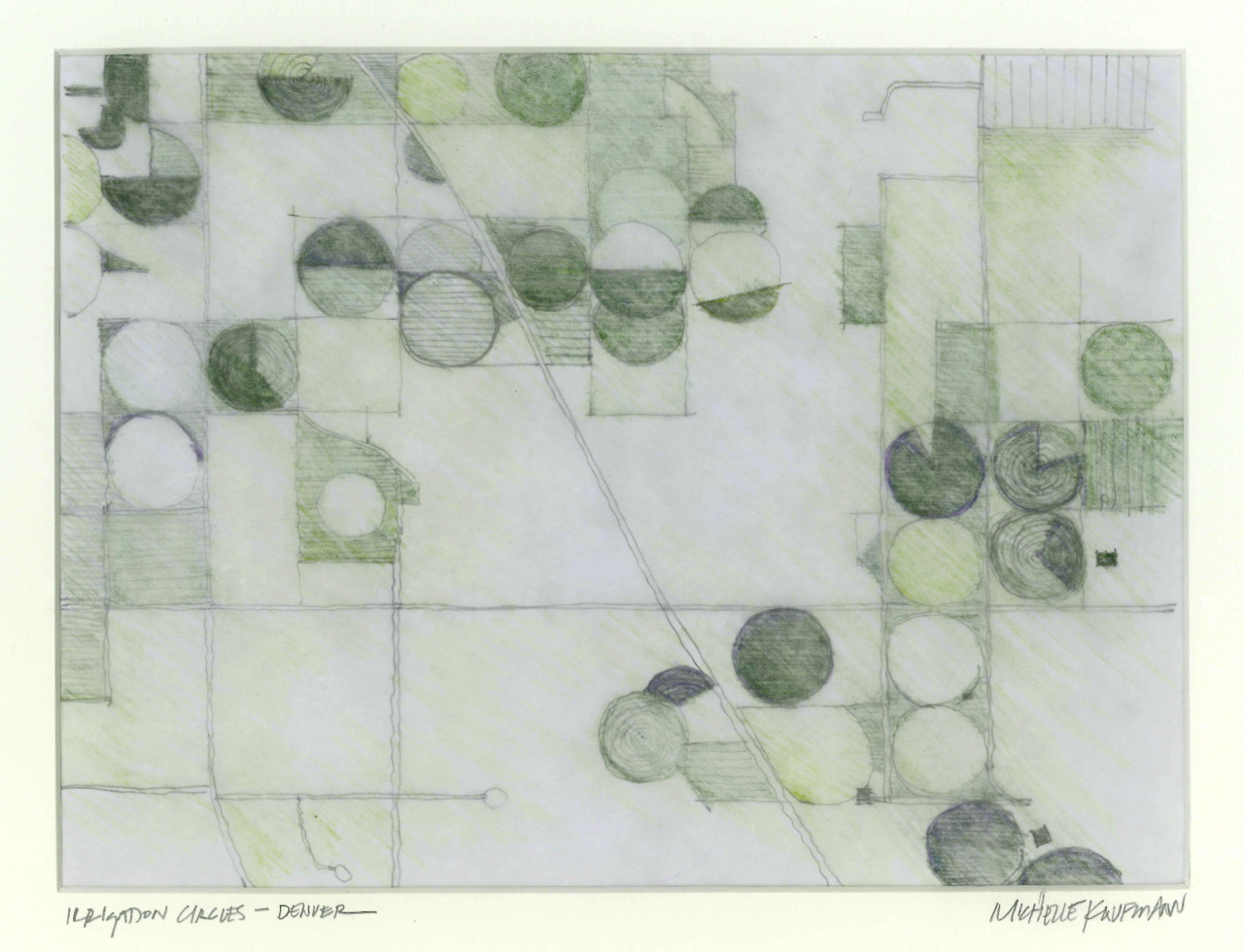READING LISTS
 |
| Aran goyoaga's space via sfgirlbybay |
One of my favourite internet past-times is collating lists of books to read. Like all good internet past-times, this one is dangerously time consuming, and I am fairly sure I would get an equal amount of enjoyment out of actually reading some of the books occupying the vast lists. That said, I have just finished marching my way through Salman Rushdie's 'Joseph Anton', so am on the lookout for a new (perhaps slightly shorter) read.
So I have many reasons to be thankful to the New York Times for publishing a comprehensive annotated reading list, of their 100 Notable Books of 2013. Because what's the new year for if not to catch up on last year's books.


























